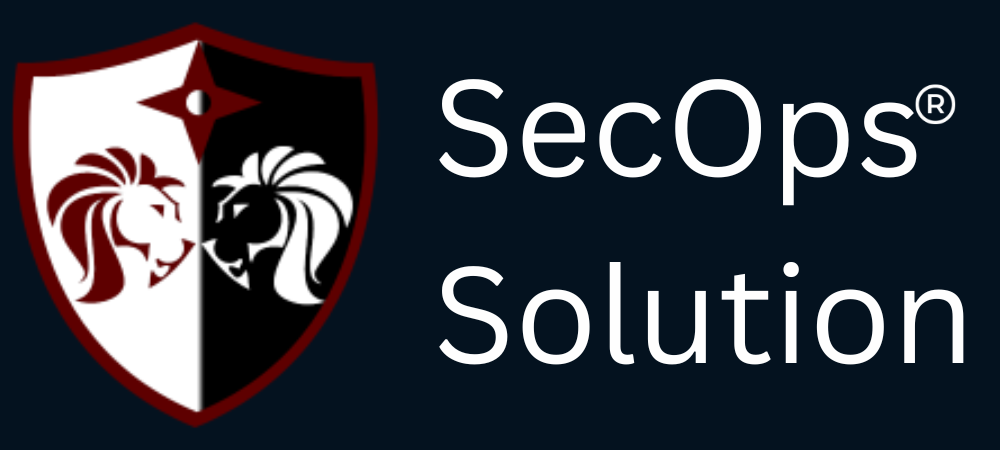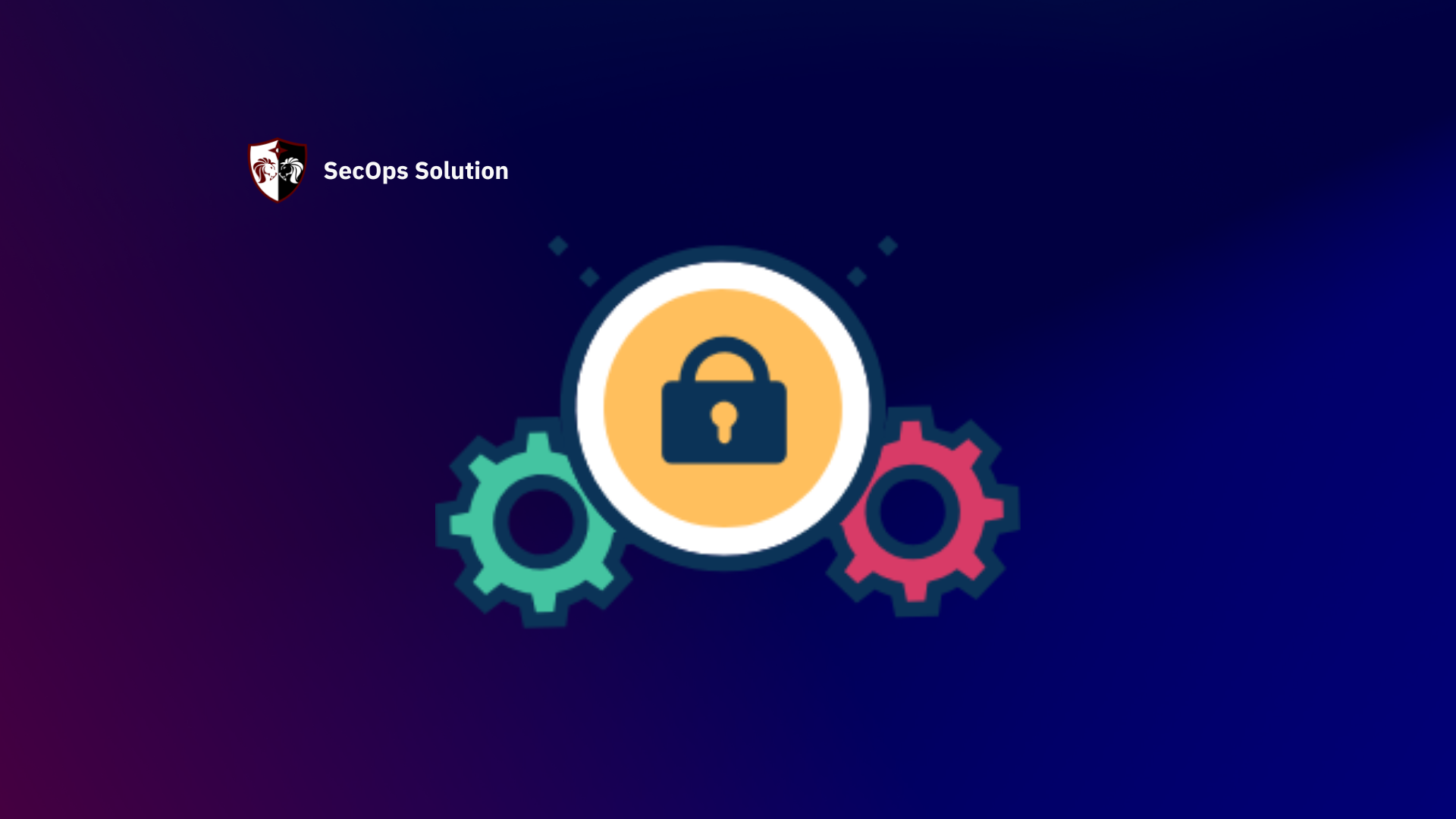
Agentless security for your infrastructure and applications - to build faster, more securely and in a fraction of the operational cost of other solutions

hello@secopsolution.com

In an era where cyber threats are growing both in sophistication and scale, financial institutions cannot afford to overlook their IT infrastructure's security. The Central Bank of Kenya (CBK) recognizes this, which is why its Risk Management Guidelines and Guidelines on Cybersecurity for Payment Service Providers (PSPs) include explicit mandates for vulnerability and patch management.
In this blog, we’ll break down what the CBK ICT guidelines say about patch and vulnerability management, and how organizations can build a strong compliance-focused program—while also introducing how SecOps Solution can support this journey.
The CBK's ICT Risk Management Guidelines, published to promote cyber resilience in the financial sector, mandate that institutions:
These requirements align with international cybersecurity best practices, like those from NIST and ISO 27001, and are intended to prevent data breaches, ransomware attacks, and system downtime in Kenya’s banking sector.
Here are some key expectations outlined in CBK’s guidelines:
Institutions must ensure that security patches are applied promptly to reduce exposure to threats. The guidelines emphasize maintaining an up-to-date patch cycle for operating systems, applications, and firmware.
The CBK requires banks to prioritize vulnerabilities based on risk level. This includes assessing the severity of the vulnerability, the sensitivity of the affected system, and the potential impact if exploited.
Institutions are expected to run regular vulnerability scans and penetration tests. These assessments must be documented and reviewed, with remediation plans implemented based on scan results.
All patching and vulnerability fixes must be managed through a formal change control process. This ensures accountability, traceability, and that system changes do not introduce new risks.
If outsourcing IT functions, the financial institution must ensure that third-party service providers also comply with patch and vulnerability management requirements.
To align with CBK expectations, here’s how your institution can build an effective program:
Maintain a centralized and continuously updated IT asset inventory, including software, hardware, and endpoints. This forms the foundation for identifying vulnerabilities and applying patches.
Use tools that perform automated and continuous scans of your systems. These tools can help identify missing patches, misconfigurations, and known CVEs (Common Vulnerabilities and Exposures).
Create a patching policy that includes weekly or monthly patch cycles, with emergency patches deployed within 24–48 hours based on risk level.
Utilize scoring systems like CVSS (Common Vulnerability Scoring System) and EPSS (Exploit Prediction Scoring System) to prioritize vulnerabilities and allocate resources accordingly.
Ensure every patch and remediation action is logged, and generate reports for internal review and external audits by CBK or cybersecurity regulators.
Schedule quarterly reviews to assess the effectiveness of the patch management process and compliance with CBK guidelines.
SecOps Solution offers a comprehensive patch and vulnerability management platform that is purpose-built to meet regulatory requirements like those issued by CBK.
By leveraging SecOps Solution, financial institutions in Kenya can:
The CBK ICT guidelines are not just regulatory checkboxes—they’re a roadmap to building cyber-resilient organizations. By implementing a robust patch and vulnerability management program, financial institutions in Kenya can protect sensitive data, ensure business continuity, and build customer trust.
SecOps Solution stands ready to partner with your organization on this mission. Whether you're starting from scratch or looking to strengthen your existing patching framework, our team can help you navigate compliance while improving your security posture.
SecOps Solution is a Full-stack Patch and Vulnerability Management Platform that helps organizations identify, prioritize, and remediate security vulnerabilities and misconfigurations in seconds.
To learn more, get in touch.